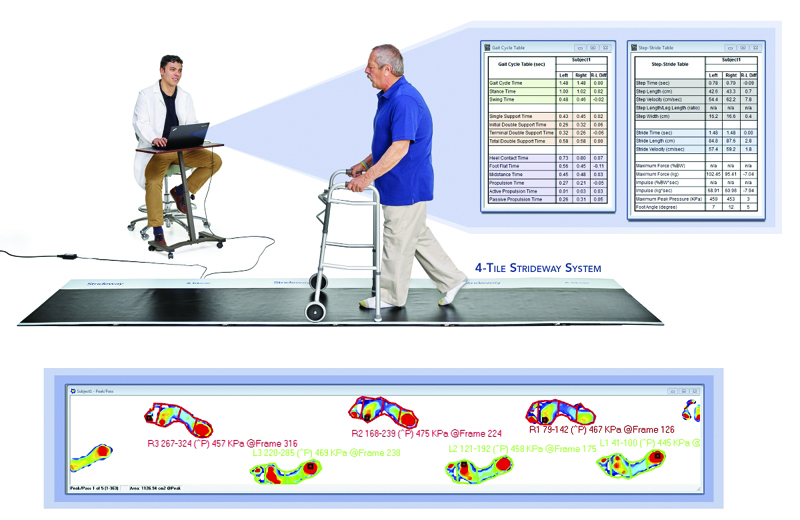CHENNAI, AUG 4
An additional sessions court here on Wednesday awarded triple death sentence to two assailants in the case of a murder of a noted neurosurgeon, based on evidence that includes “gait pattern examination,” which is a first in Tamil Nadu.
Out of the ten accused persons, two men Murugan and Selvaprakash who hacked Dr Subbiah to death here in 2013 in connection with a property dispute, were slapped with triple death sentence and their identity was firmly established by the gait pattern test based on CCTV footage, Special Public Prosecutor N Vijayaraj said.
“This is the first time in Tamil Nadu that this test was done in such a case.” Gait examination or analysis helps firmly establish the identity of suspects based on evidence gathered from crime scene, he said.
A conspirator, Iyappan, who was also present at the crime scene, turned approver in 2018 saying he was “pricked by his conscience.” Iyappan’s presence in the crime scene was also colloborated by the gait test and it also added weight to his testimony, the prosecutor added.
First Additional Judge, Sessions Court, S Alli in her judgement convicted Murugan and Selvaprakash for conspiracy, murder and for carrying out a criminal act with common intention read with conspiracy and awarded the triple death sentence for these offences.
Five others, including a medical doctor, were slapped with double death penalty for conspiracy and for murder that followed. Two others were convicted for conspiracy and the consequence, murder and sentenced to rigorous, double life imprisonment due to their mitigating circumstances.
The crime was a fallout of a property dispute between the doctor and a Kanyakumari native, Ponnusamy and his family while others joined the conspiracy for gain.
As many as 57 prosecution witnesses were examined, 173 documents and 42 material objects were marked to strengthen the prosecution case and no witness turned hostile.
According to the deposition of Iyappan in 2018, on September 14, 2013, he and two others, Murugan and Selvaprakash, waited for neurosurgeon Subbiah to emerge from a city hospital. When the doctor walked up to his car, Murugan assaulted the surgeon first on his head and later Selvaprakash hacked him, Iyappan said.
Iyappan said he was on a motorcycle just behind the victim’s car when the duo attacked the doctor. He said soon after the two assailants committed the crime, all three of them fled the scene in the motorcycle. A police release said Police Commissioner Shankar Jiwal lauded the Abhiramapuram police inspector and other police personnel for excellent probe in the case.
Why is Gait Analysis is Important?

Walking is something that the average person probably doesn’t give much thought. It’s our most basic method of transportation, but an inability to walk or be mobile can drastically change a person’s life. It can impact our independence and also create significant health problems over both the short and long term.
Many people can move about with abnormal or asymmetrical gait patterns for years without any symptoms. However, when someone experiences an injury or pain, normal gait can be altered, resulting in abnormal walking that can lead to bigger health issues.
For example:
- Musculoskeletal problems (from altering movements to compensate for pain or discomfort)
- Cardiovascular health issues (due to inactivity)
- Mental health issues (depression, loss of independence, etc.)
This is why gait analysis is important. When we study the way a person walks or runs, we can identify individuals’ unique movements, determine normal gait patterns, diagnose issues causing pain, and also implement and evaluate treatments to correct abnormalities.
A typical gait analysis is mainly visual—observing a patient as they walk. This is an important part of an evaluation, but it lacks objective data, such as:
- Center of Force (CoF)
- Step Time
- Swing Time
- Stride length
- Force
- Weight distribution
(Ref: https://www.tekscan.com/blog/medical/why-gait-analysis-important)












